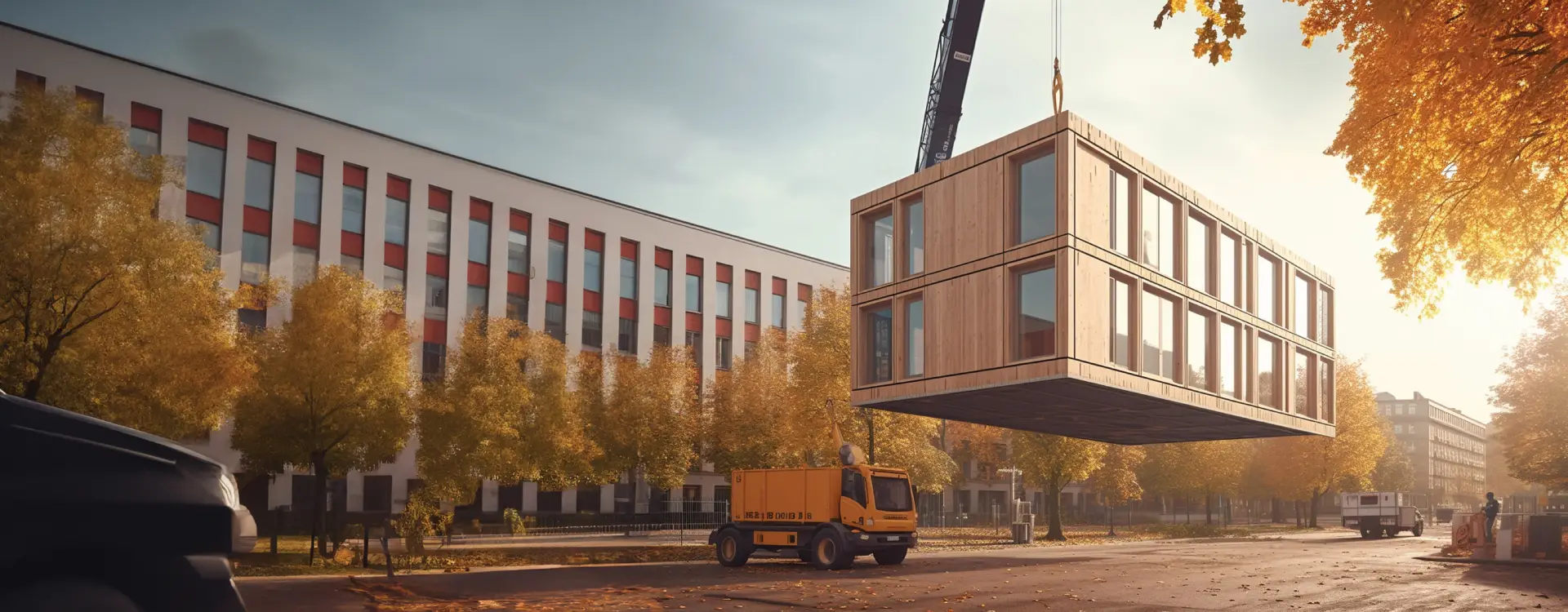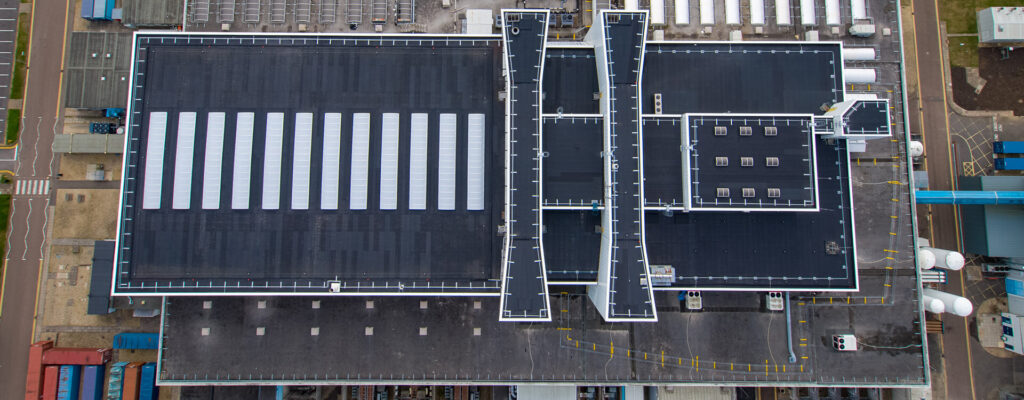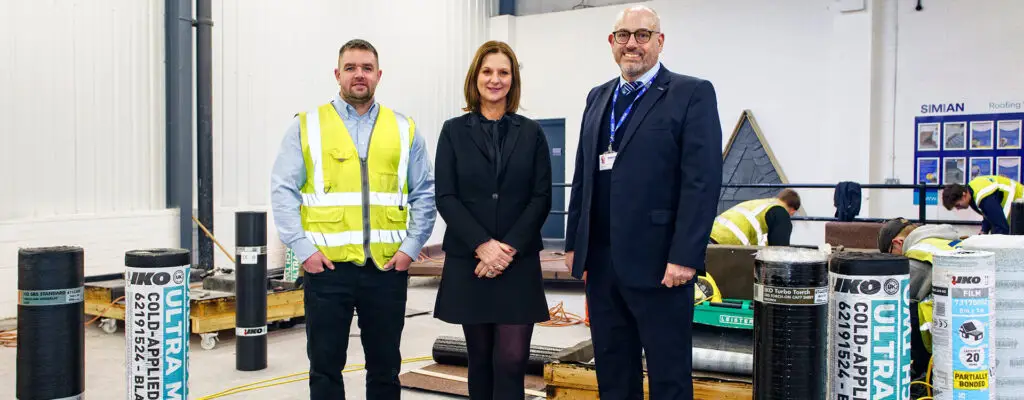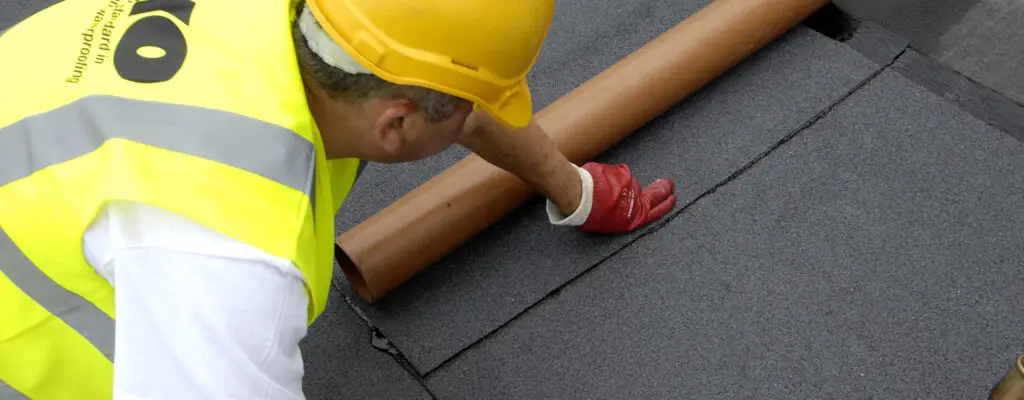The construction industry is turning more and more to offsite construction methods and the trend will become even more popular in the future. The main reasons behind this are the tighter build programmes, higher levels of cost control and skill shortage that the industry is currently facing.

With the implementation of the ‘Construction 2025’ strategy, government addressed the challenges the UK Construction Industry have been facing and put strategies in place to meet the demands of the industry.
This document emphasises on addressing the skills shortage, building quicker and cheaper whilst reducing CO2 in the built environment.
In this blog article, I will provide you a better understanding of offsite construction: what it is, how it can be of benefit and what solutions it can provide to match with the demands of ‘Construction 2025’.
What is offsite construction?
Offsite construction refers to structures or components built at a different location than the location of use. Offsite construction occurs in a factory specifically designed for this type of process and individual modules or components of the building are constructed in the factory and then transported to the site.
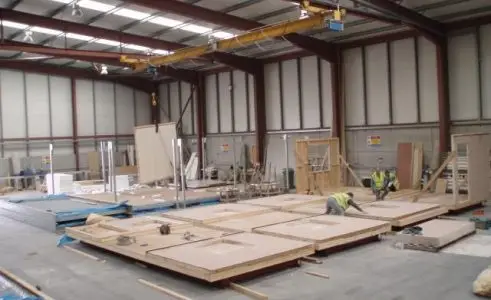
Some typical offsite construction methods are:
Volumetric/modular systems – whole or parts of the building are built offsite and transported to site. Minor finishing works are completed on site such as joining M&E, wall finishes and completing roofing joints between each module.
This approach allows extremely quick site installation times but has limitations on design and size due to transportation restrictions.

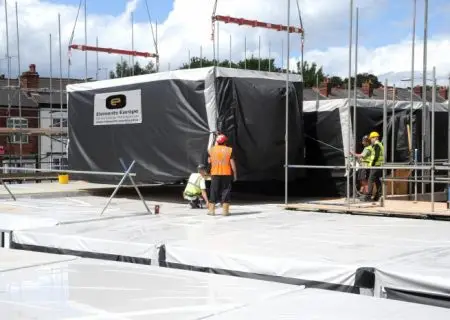
Structural insulated panels (SIPs) are a high-performance building system for residential and commercial construction. The panels consist of a core of thermal insulation sandwiched between two structural facings, typically oriented strand board (OSB).
SIPs are manufactured under factory-controlled conditions and vary between standardised panel sizes to bespoke units. This offsite fabrication assures that the weatherproof building shell can be completed just a few days after the ground works are ready to receive them.
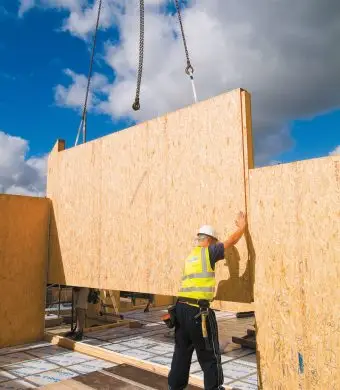
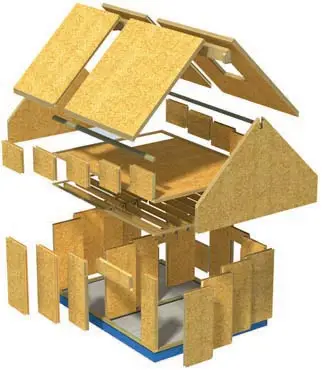
Pre-engineered M&E services – whole plant rooms can be constructed offsite and installed as a completed unit in the building allowing less construction time on site.
Pre-assembled components – this method consists of taking materials that would be installed individually on site and preassembling them in a factory environment to form a larger scale unit that can make site installation quicker.
Why choose offsite construction?
There are many reasons that offsite construction is gaining in popularity:
Speed
- Less time on site due to fast installation.
- More reliable site deliveries.
- Less dependency on good weather.
Quality
- Improved quality due to factory-controlled QC systems.
- Less re-work on site – factories are typically 70%-80% efficient compared to efficiencies as low as 30% for some construction projects.
- Reduced need for onsite skilled workforce.
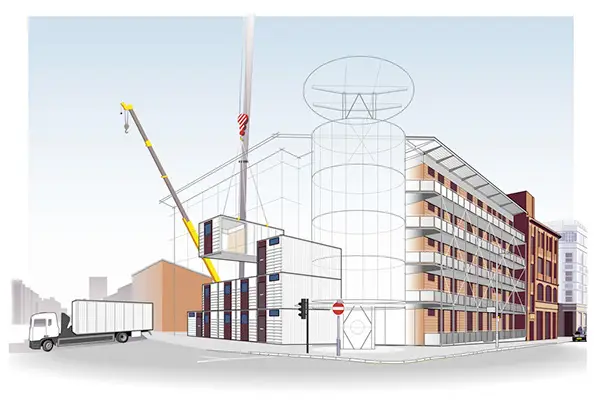
Safety
- Fewer overall site deliveries.
- Less time spent on site and working at heights.
Cost
- Early return on capital.
- Significant cash flow advantages over traditional build.
- Typically, lightweight solutions offering savings to foundation and structural design.
- Cost certainty.
Environment
- CO2 reduction due to fewer site deliveries.
- Sustainable and can be relocated.
- Less waste to landfill.
DOWNLOAD OUR BROCHURE
Read our brochure that highlights our extensive range of roofing & insulation solutions and how they are designed to create cost efficient structures of the future.
VIEW OUR LATEST ESG REPORT
Read about our latest ESG blog with a bitesize overview of our aims and achievements. and discover how IKO PLC (UK) are championing ESG in construction
